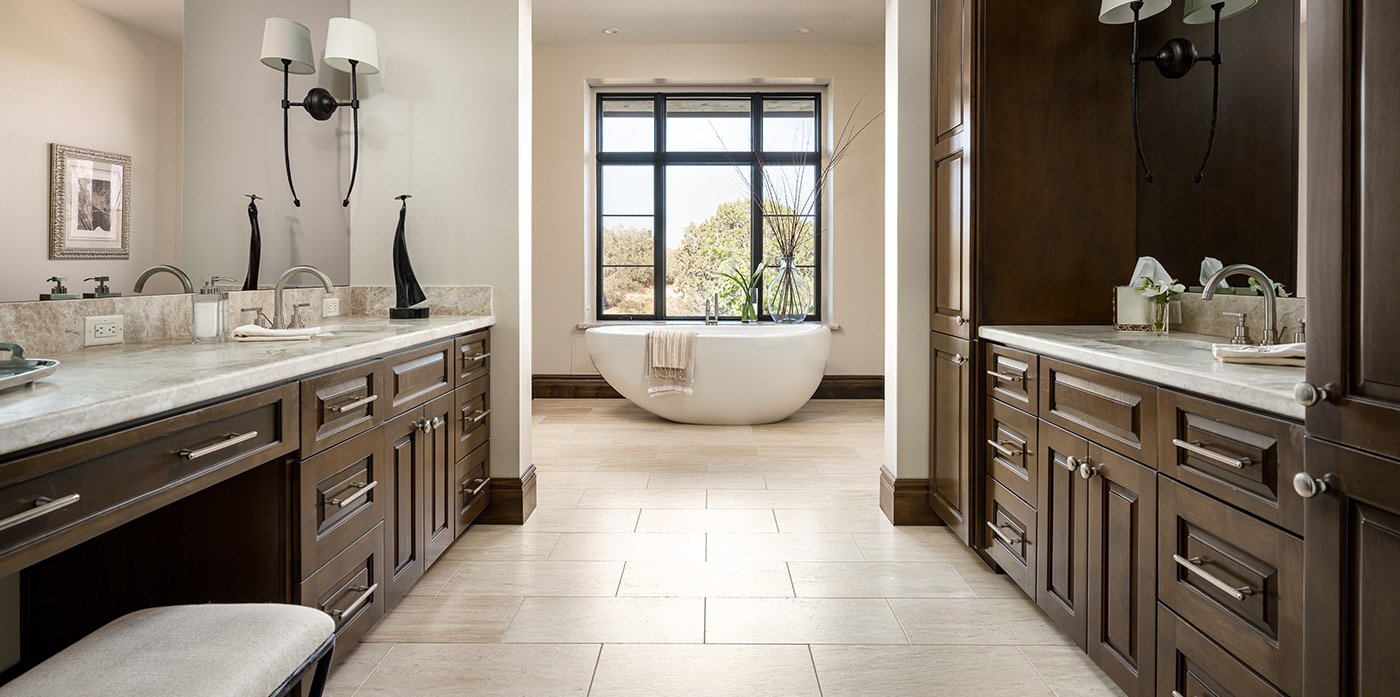
FAQ
Frequently Asked Questions (FAQs)
Your Interior Design Journey Clarified
At Victoria King Design, we believe in transparency and empowering you to make informed decisions when choosing a partner for your interior design journey. We understand that investing in quality home goods and interior design is a significant decision. On average, a home furnishing project typically amounts to 10-15% of your home's value. To assist you in navigating this process, we've compiled some of our most frequently asked questions below. These insights are designed to provide clarity and guidance as you embark on the path to creating your dream living space.
Why are quality home goods and interior design often perceived as expensive, and how can I determine the right investment level for my lifestyle?
The pursuit of bespoke artistry will take you on a journey to find brands and creators who bridge quality with affordability. Many fine furnishings and finishes are made to order and uniquely handcrafted. The skills to create the items we all love take years to develop, and many makers spend their entire lives perfecting their trade.
It is important to keep in mind that your lifestyle, with its unique demands, guides the choices that form the canvas of your ideal living environment. Identify your priorities and invest in things that are in line with your values and goals.
What strategies can I use to reduce clutter and maintain an organized living space?
Designate a specific home for each item you own. This makes it easier to find and put away things. This is especially important when designing custom cabinetry or closets, to ensure proper storage for all household items. Identify the items you use frequently or are essential to your daily life, and ensure they have a prominent place in your home.
Group similar items together to organize by category. Label containers and storage solutions so you can quickly identify the contents. Stores like The Container Store can be a great resource for obtaining various baskets and bins to keep items organized.
What are the advantages of hiring an interior designer?
Interior designers have the education, training and experience to create functional and aesthetically pleasing spaces. They understand design principles, color theory, furniture selection and code requirements for health and safety.
Working with a designer saves time. Designing and decorating a space is a time-consuming task and a qualified designer takes on the responsibilities of planning, sourcing and managing a project. They coordinate contractors, manage timelines, and ensure the design vision is executed properly.
In addition, designers have access to a vast network of wholesale and retail suppliers, vendors and contractors. They can source high-quality materials and furniture at the best possible pricing.
What should I consider when setting a budget for my project?
Be sure that your goals and priorities are clearly defined prior to starting. What do you want to achieve? Which areas are most important to you? Asking these questions will help clearly define the scope of your project.
Consult with contractors, architects, designers and any related trades you may require. Most reputable firms will guide you through the budget process and give realistic estimates. They can also help you uncover opportunities for cost-saving.
If your budget is limited, consider breaking your project into phases and completing it gradually as finances allow.
It is also wise to set aside a contingency fund for unexpected expenses or changes that may arise during the project. For instance, freight charges can total up to 20% of the overall project expenditure.
How can I create a timeless foundation of furnishings that will endure over time?
Choose furniture made from high-quality and durable materials. A well made sofa can last ten years, and then be re-covered to last an additional decade. Many lower cost pieces will need to be replaced every 3-5 years because they are constructed with inferior materials.
Stick with neutral colors for key pieces in each room. This will allow you to swap out smaller accessories as needed as trends evolve or seasons change. Neutrals like white, beige, gray and black are less likely to go out of style and provide a versatile backdrop for changing decor elements.
Regular care and maintenance are essential for preserving the longevity of your furniture. Most manufacturers provide guidelines for maintenance and can recommend products for cleaning and care.
